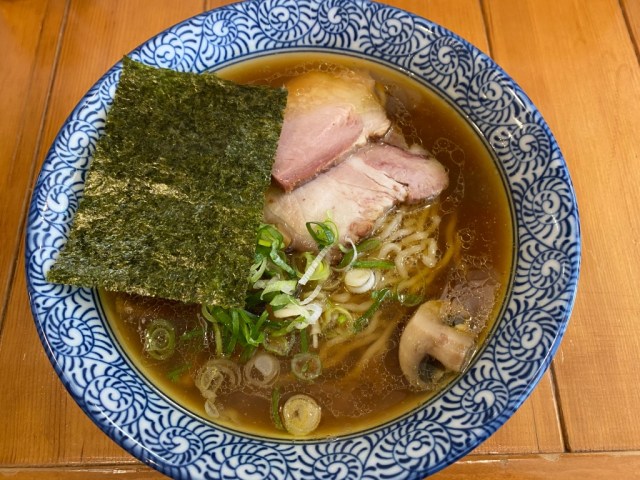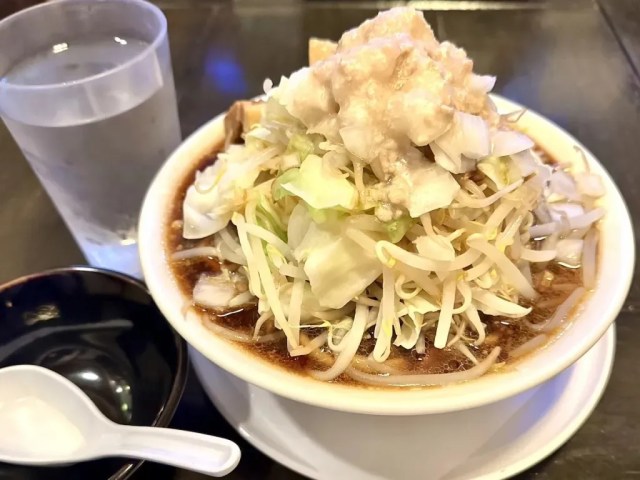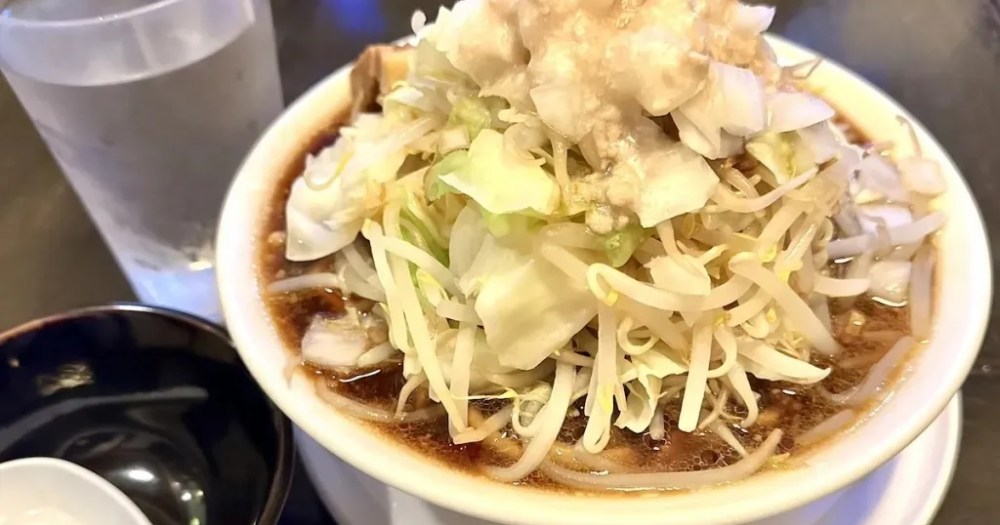
Foodies today might be the dishes in a very different light than they did a generation ago as sushi now sits in the number-three rank.
The ramen restaurant industry is booming in Japan these days, with analysts estimating the size of the market to soon hit 7.9 billion yen (roughly US$52.65 million). That represents a growth of about 60 percent since 10 years ago,
Ramen has been rising in popularity among pretty much all demographics. That includes inbound foreign tourists as well, and as proof of how enamored global foodies have become with ramen, it ranked even higher than sushi on the most recent comprehensive report on consumption trends by foreign visitors to Japan from the Japanese government’s Japan tourism agency.
Sushi only managed a third-place finish in the report, which was published in March. When foreign tourists were asked what food or drinks they felt the most satisfied with while on their trip to Japan, sushi only ranked third, chosen by 14.5 percent of respondents, and outpaced by ramen’s 18.9 percent. Considering that, for generations, sushi has been seen by the international community as Japan’s representative dish, it might seem surprising to see it surpassed by a humble bowl of noodles. However, as knowledge of Japanese ramen increases globally, it’s become a feather in the hat of food-focused travelers to be able to say that they’ve had the pleasure of eating at an authentic, in-Japan ramen restaurant, says Daisuke Iijima of business research firm Teikoku Databank.

Ramen finishing higher than sushi in the survey seems a bit odd when looking at the reasons why respondents made their picks. They were allowed to give multiple reasons, but for many sushi scored very close to ramen, and even significantly higher in several areas.
It was the most satisfying because:
● It was delicious: chosen by 92.7 percent of sushi respondents, 95.2 percent of ramen respondents
● The ingredients were fresh: sushi 71.2 percent, ramen 29.5 percent
● The price was good: sushi 21.6 percent, ramen 19.5 percent
● It was traditional/uniquely Japanese: sushi 21.9 percent, ramen 21 percent
● The presentation was beautiful: sushi 6.9 percent, ramen 4.6 percent
● The service/restaurant ambiance was good: sushi 10.1 percent, ramen 8.9 percent
However, ramen proved more popular than sushi in regards to two key reasons. One, as alluded to by Iijima, is ramen’s current trendy status in overseas dining circles. 16.7 percent of ramen respondents listed “it’s popular/famous” as a reason for their pick, comparted to just 11.1 percent of sushi fans. Perhaps even more important, though, was the reason “I can’t find a flavor like this in my home country,” given by 18.2 percent of ramen respondents, as opposed to 13.9 percent of those who chose sushi.
The report didn’t press for more detailed answers, but in regards to not being able to find the food in their home country, there is something that sets ramen apart from sushi. Ramen noodles themselves, having become a regularly in-stock item at supermarkets in many countries, might be easier to find internationally than sushi, but sushi restaurants, or general-purpose overseas “Japanese restaurants,” that have sushi on their menus bot not ramen, still outnumber ramen specialty restaurants overseas. What’s more, while sushi restaurants in Japan do use a wider variety of seafood than their counterparts in other countries, the most commonly ordered types of fish, as well as the kind that make up the majority of set sushi meals, are things that foreign sushi fans have probably encountered before coming to Japan, such as tuna, salmon, yellowtail, and the like.

On the other hand, as far as restaurant-quality ramen is concerned, coming to Japan opens up many options that foreign fans may not have in their home countries. Japan has a wide array of ramen broths and noodle styles, from the thick noodles and rich miso of Hokkaido-style ramen to the tonkotsu pork stock and thing, firm noodles of Fukuoka and dozens of other variations as well. So while a foreign traveler might come to Japan and indeed find the tuna sushi they had on their trip to be fresher and tastier than the tuna sushi they can get in their hometown, it might not have the same “This is really something new!” impact that they’ll get from eating, say, Akihabara’s delicious beef-broth ramen or a bowl of Jiro-style ramen.

In other words, the sushi they have in Japan might be a better version of something they’ve had before, with maybe a morsel or two being something they haven’t previously tried, but the types of ramen they enjoy while on vacation might be whole bowls of a dining experience they can’t replicate in their home country if that particular type of ramen isn’t available there. That would explain why there are now ramen tours in Tokyo, where guides lead foreign travelers on a walking tour with stops at multiple ramen restaurants specializing in different styles so that they can find their new favorite.
There’s also the simple fact that as a more heavily flavored dish, it’s easier to dazzle the taste buds with ramen than it is with sushi, where the more subtle flavor provides less spectacle. One could also make an argument that the weak yen making Japan a travel bargain for overseas tourists has lowered a barrier of entry enough that there’s an increase in travelers with less adventurous tendencies who might find a bowl of noodles more congruent with their food preferences than raw fish.
But if sushi finished third and ramen second, what was at the top of the survey rankings? “Meat dishes,” presumably getting a lot of support in recognition of Japan’s vaunted wagyu beef. Meat was chosen by nearly one in three respondents, 32.3 percent, for the reasons of delicious flavor (95.3 percent), freshness of ingredients (45.8 percent), and “this is a kind of food I [already] like” (22.2 percent).
Source: Japan Tourism Agency, Yomiuri Shimbun via Golden Times
Photos ©「SoraNews24
● Want to hear about SoraNews24’s latest articles as soon as they’re published? Follow us on Facebook and Twitter!
Like this:
Like Loading…


AloJapan.com